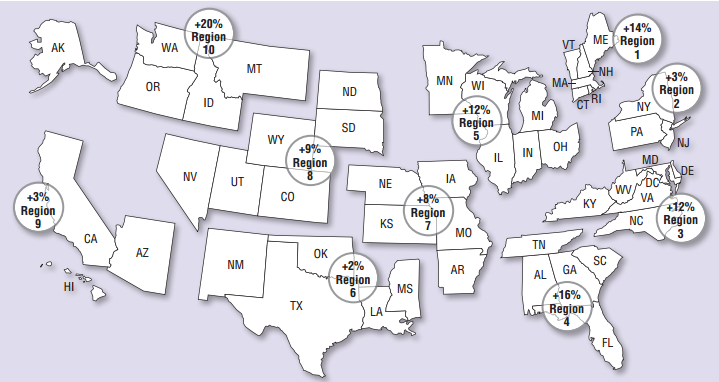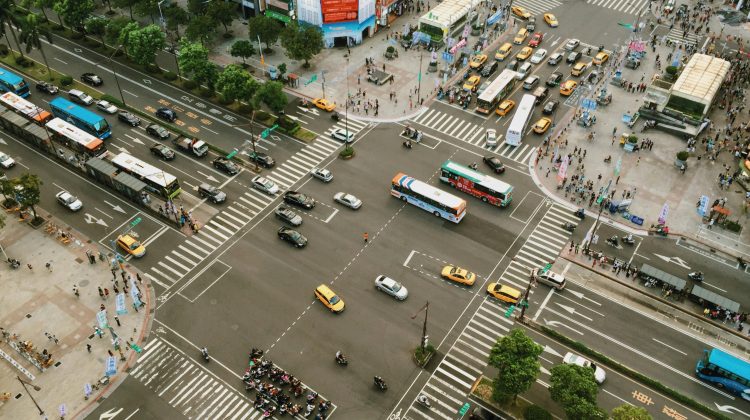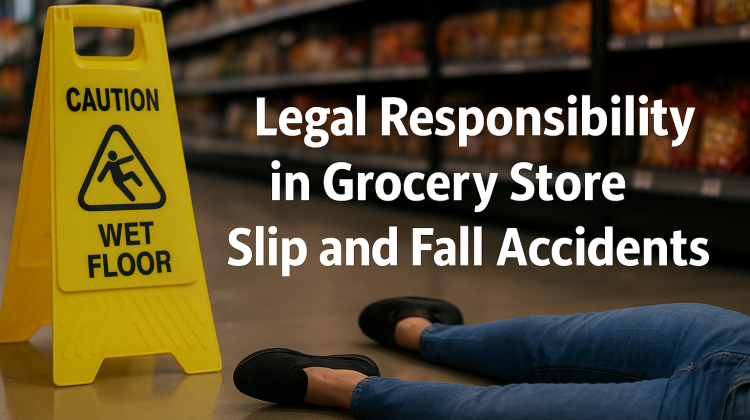As one of the longest economic recoveries in American history continues to push into 2016, the United States is making its way back to pre-recession financial levels. Since 2009, 9.3 million jobs have been added, unemployment has improved to 4.9%, and the average annual price of gas is the second cheapest it has been in ten years.
While this economic resurgence is a net positive for our country, it comes with its own set of negative consequences in the realm of traffic congestion and safety.
The 2015 Corridor Capacity Report by the Washington State Department of Transportation dove directly into the subject and found a number of indicators that the improving economy is taking its toll on the statewide level of adverse effects from traffic. The report found that, “vehicle hours of delay increased 4.6% between 2012 and 2014, mirroring the growth in the state’s economy,” and that, “congestion tends to worsen as the economy strengthens and employment levels improve due to an increased number of commuters, especially when these workers are driving alone.” According to the Vancouver car accident lawyers at the NW Injury Law Center, Washington already experiences one crash every five minutes and a traffic related death every 20 hours. It’s safe to assume that these numbers will not improve as traffic thickens.
Another conclusion reached by the report concerned the impact of the price of gas on traffic congestion. Gas prices in Washington State have fallen 10.5% since 2012, when accounting for inflation. While this seems like a positive for the consumer, “falling gas prices have a tendency to worsen traffic congestion; when gas prices decline, driving becomes less expensive and people often drive alone (or drive more) rather than using alternate commute modes such as transit or carpools.” Moreover, when gas prices are low, people are less concerned about gas saving techniques, such as accelerating more gradually and maintain a steady speed, which also happen to be safer driving practices.
Although increased traffic congestion seems like simply a nuisance, it can bring more serious consequences. Research done by Guangqing Chi at Pennsylvania State University examined the relationship between gas prices and road fatalities across 144 countries and found that a $2 drop in gasoline prices can translate to about 9,000 road fatalities per year in the U.S., with conservative estimates at 3,000.
This trend is also reflected at the national level. The Federal Highway Administration found that vehicles miles dropped off after the housing market collapse in 2008 and have increased every successive year since. From August 2014 to August 2015 alone, there was a 2.3% increase, or 6.3 billion more vehicle miles travelled. However, the improving economy and more people on the road come with certain costs. In addition to the 2.7 million jobs created in 2015, estimates by the National Highway Traffic Safety Administration have shown a steep 9.3% increase in traffic fatalities for the first nine months of 2015 as compared to the same time period from 2014.
Whether looking at a specific state or the nation as a whole, the relationship is clear. A strong economy and low gas prices lead to more commuters on the road, more traffic congestion, and inevitably more traffic related deaths. Even though these are favorable conditions for the consumer, they come at a price and the emphasis on road safety is now more important than ever before.





No Comment